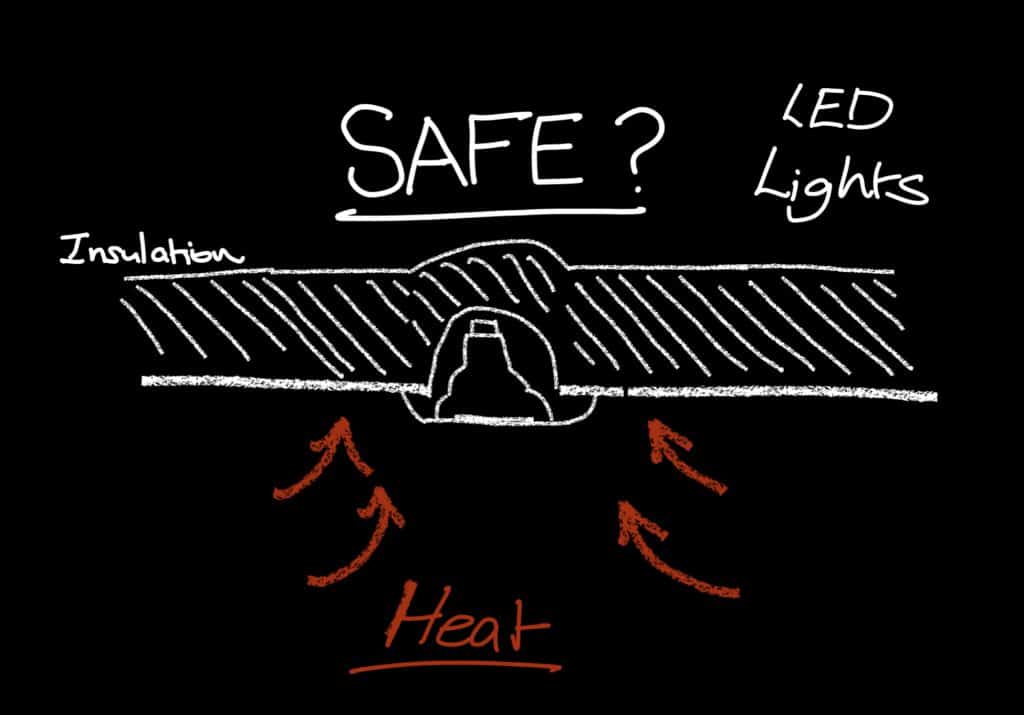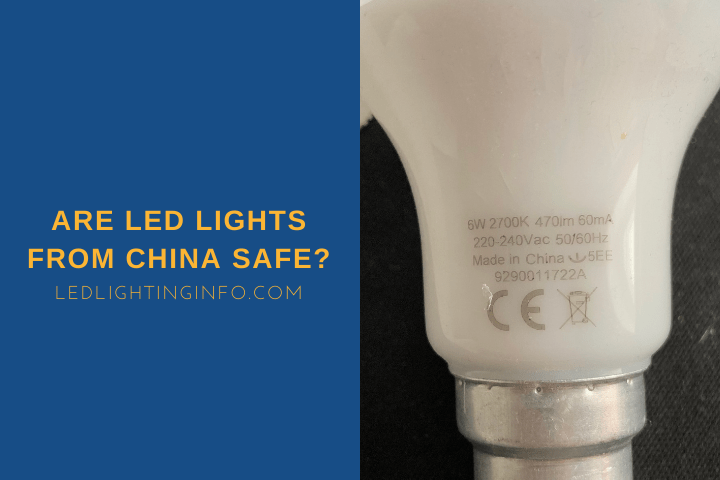Is It Safe To Cover Led Lights
Is it Safe to Cover LED Lights?
When it comes to lighting, LED lights have become increasingly popular due to their energy efficiency. However, many people wonder if it's safe to cover them. There are a few pain points to consider, such as fire hazards, reduced visibility, and heat buildup, when you cover LED lights with materials like insulation or covers.
The short answer is that it depends on the type of LED light and the material you are using to cover it. In general, LED lights generate less heat than traditional bulbs, but some models may still overheat if covered for too long. Additionally, covering LED lights may reduce their efficiency and lifespan. It's important to follow manufacturer guidelines and use materials that are rated for use with LED lights.
In summary, it's generally safe to cover LED lights as long as you use the right materials and follow manufacturer guidelines. However, it's important to be aware of potential risks and consider the impact on the light's performance.
My Personal Experience with Covering LED Lights
I have covered LED lights in my home to reduce glare and soften the light. I found that using a diffuser cover made specifically for LED lights did not have a significant impact on the amount of heat generated or the light's brightness. However, when I tried covering the lights with insulation, I noticed a decrease in the brightness and a hotter than normal temperature.
Understanding the Risks of Covering LED Lights
When it comes to LED lights, it's important to understand the risks associated with covering them. One potential risk is fire hazards, especially when covering the lights with flammable materials. Additionally, covering LED lights can increase the temperature inside the fixture and decrease their efficiency. Finally, covering LED lights can reduce visibility and create a dimmer ambiance.
Choosing the Right Materials to Cover LED Lights
It's essential to choose the right materials when covering LED lights. The first step is to look at the manufacturer's guidelines to ensure that they allow covers and diffusers. Then, choose materials that are safe and rated for use with LED lights. Some of the best options include diffusers, acrylic covers, tempered glass lenses, and specially designed LED light covers. Avoid using materials like insulation or metal that can increase the temperature inside the fixture and create a fire hazard.
Consider the Impact of Covering LED Lights
It's important to consider the impact of covering LED lights before deciding to do so. One potential issue to consider is the temperature inside the fixture. If the cover blocks airflow and increases the temperature, it can shorten the LED light's lifespan and potentially cause damage. Additionally, covering LED lights can create a dimmer ambiance and reduce visibility.
Question and Answer
Q: Is it safe to cover outdoor LED lights?
A: It depends on the material and the location of the light. Outdoor LED lights are more likely to be exposed to moisture and weather-related hazards, so it's essential to use materials that are waterproof and safe for outdoor use. Additionally, make sure that the cover does not block any ventilation or airflow.
Q: Can I use any material to cover an LED light?
A: No, it's important to use only materials that are safe and approved for use with LED lights. Some materials can cause the fixture to overheat and create a fire hazard, while others may reduce the LED light's efficiency and lifespan.
Q: Will covering LED lights reduce their brightness?
A: It's possible that covering LED lights can reduce their brightness, especially if the material restricts airflow and increases the temperature inside the fixture. However, using diffusers or specially designed covers can help maintain the light's brightness while softening the glare.
Q: Can covering LED lights damage them?
A: Yes, covering LED lights with inappropriate materials can potentially damage them, decrease efficiency, and shorten their lifespan. It's important to use only materials that are rated for use with LED lights and follow manufacturer guidelines.
Conclusion
In conclusion, it's generally safe to cover LED lights as long as you use the right materials and follow manufacturer guidelines. When covering LED lights, it's important to consider potential risks such as fire hazards, reduced visibility, and heat buildup. By choosing the right materials and understanding the impact of covering LED lights, you can create a safe and comfortable environment without compromising the light's performance.
Gallery
Try This: LED Christmas Lights Covers - Mother Earth Living | Healthy

Photo Credit by: bing.com /
Can You Cover LED Down Lights With Insulation? My Findings… – Houshia

Photo Credit by: bing.com / led insulation lights cover findings down
Are LED Lights From China Safe? - LED & Lighting Info

Photo Credit by: bing.com / safe
Complete Safe Cover - Pole Base Covers
Photo Credit by: bing.com / complete cover safe wishlist
ARE LED SAFE? YOUR SAFE GUIDE! - Best Light For

Photo Credit by: bing.com / unsplash